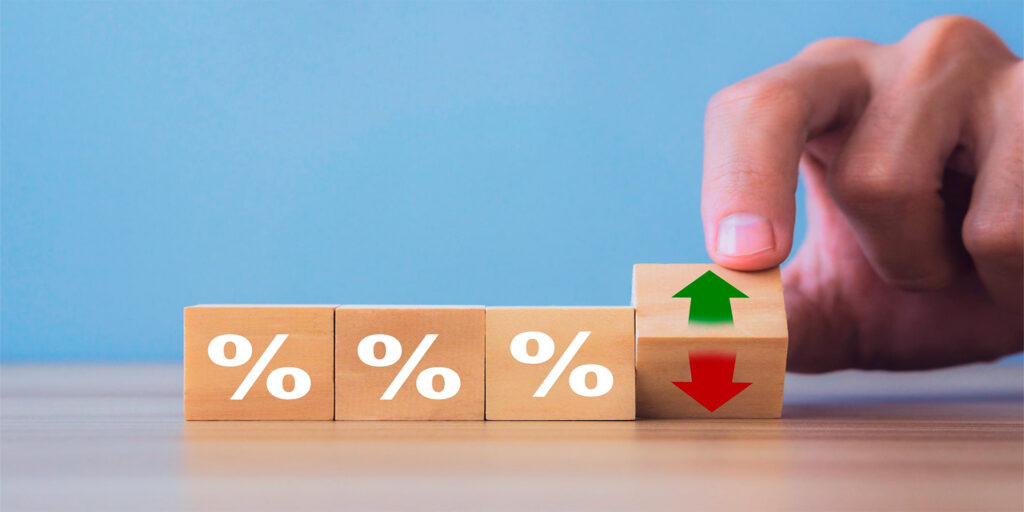Balancing Risk and Reward in Consumer Lending: Expert Insights

Balancing risk and reward in consumer lending starts with a thorough evaluation of creditworthiness. Lenders need to dive into credit history, income, employment status, and debt-to-income ratio to get the full picture. Credit scoring and modeling tools, coupled with monitoring economic conditions, play a big role here. Diversifying loans across sectors and geographies helps avoid concentration risk, ensuring more stability.
Personal guarantees can drastically reduce lender risk by providing an extra layer of security. With a guarantor’s assets on the line, loans often come with better terms and lower interest rates. But this means the guarantor must weigh the benefits against the potential risk to personal assets. Effective borrower profiling also balances risk and reward, allowing lenders to tailor loans based on detailed assessments of financial behaviors, which helps in setting appropriate interest rates and repayment expectations.
Lenders can utilize Finance & Insurance (F&I) products to further mitigate risk. Advanced analytics and AI enhance accuracy and proactivity in risk management, optimizing loan monitoring and decision-making. Economic conditions and interest rate changes also influence this balance; hence, continuous adjustment and leveraging technology can make lending more reliable. This company likely uses these strategies to maintain a healthy, profitable loan portfolio while ensuring compliance and customer satisfaction.
What Factors Must Lenders Consider To Balance Risk And Reward In Consumer Lending?
To balance risk and reward in consumer lending, you must consider several key factors.
- Evaluate Creditworthiness: Examine the borrower’s credit history and score. A strong credit score usually indicates a lower risk of default.
- Verify Income and Employment Status: Ensure financial stability by reviewing pay stubs, tax returns, and bank statements.
- Assess Debt-to-Income Ratio: Understand the borrower’s capacity to take on additional debt.
- Examine Collateral: If the loan is secured, evaluate the collateral’s value and quality.
- Consider Loan Conditions: Assess interest rates and repayment schedules to offset higher risks.
- Utilize Risk Scoring and Modeling: Assign risk scores to borrowers to set appropriate loan terms and pricing.
- Monitor Economic Factors: Keep an eye on interest rates and employment trends that can affect repayment ability.
- Avoid Concentration Risk: Do not lend too heavily in one sector or geographic area.
- Engage in Ongoing Monitoring: Continuously monitor the borrower’s financial health and market conditions.
As a final point, you should evaluate creditworthiness, verify income, assess debt-to-income ratio, examine collateral, consider loan conditions, use risk scoring, monitor market conditions, avoid concentration risk, and engage in ongoing monitoring to effectively balance risks and rewards in consumer lending.

How Do Personal Guarantees Impact Risk Assessment In Consumer Lending?
Personal guarantees impact risk assessment in consumer lending by providing lenders with a safety net. Here’s how it works:
- If you agree to a personal guarantee, you offer lenders extra assurance that they will get their money back, even if the primary borrower defaults. This means lenders see you as reducing their overall risk.
- When you sign a personal guarantee, you commit to repaying the loan with your personal assets if the primary borrower cannot pay. This could put your house, savings, or other personal properties at risk.
- If you can’t repay the debt, your credit score can suffer, making it harder for you to get loans or credit in the future and possibly leading to higher interest rates.
- Defaulting on a personal guarantee can also lead to severe financial consequences such as personal bankruptcy, the seizure of your assets, and potential legal actions.
There are different types of personal guarantees. With unlimited guarantees, you expose yourself to higher risk but might secure better loan terms. Limited guarantees restrict your liability but can be harder to negotiate.
Bringing it all together—personal guarantees can reassure lenders but place significant financial responsibility on you. Fully understanding the implications is crucial before committing.
What Role Does Borrower Profiling Play In Balancing Risk And Reward?
Borrower profiling is crucial for balancing risk and reward in lending. It allows you to assess the creditworthiness of potential borrowers by evaluating their credit scores, income, debt-to-income ratios, payment histories, and overall financial behavior. This detailed evaluation helps you predict the likelihood of timely repayment and identify high-risk borrowers.
- Risk Assessment: By analyzing a borrower’s financial history and current status, you can gauge the level of risk associated with lending to that individual. This involves looking at credit scores, employment status, and payment habits.
- Personalized Loan Terms: Profiling enables you to customize loan terms, including interest rates and repayment schedules, to match the borrower’s risk profile. This helps in minimizing the chances of default and ensures that the loan terms are fair and manageable for the borrower.
- Interest Rates Determination: Higher-risk borrowers might be charged higher interest rates to compensate for the increased risk of default. Conversely, lower-risk borrowers can benefit from lower interest rates, reflecting their reliable repayment history.
- Debt Management Strategies: Effective profiling supports proactive debt management strategies. By identifying potential delinquent accounts early, you can implement targeted interventions to resolve debts and minimize losses.
- Building Trust and Transparency: Tailored loan offerings foster trust and cooperation between you and the borrowers. This transparent approach strengthens relationships and ensures that borrowers feel respected and understood.
All things considered, borrower profiling helps you make informed decisions that balance the potential rewards of lending with the risks, ensuring long-term financial stability and profitability for both parties.

How Can Lenders Use F&I Products To Mitigate Risk In Consumer Lending?
Lenders can mitigate risk in consumer lending by using Finance & Insurance (F&I) products in several effective ways. Firstly, you can use F&I products to ensure compliance and reduce your exposure to legal and regulatory risks. By integrating compliance solutions like F&I Sentinel’s CITADEL®, you can manage regulations, stay audit-ready, and prevent class action lawsuits, which helps avoid reputational damage and financial penalties.
Secondly, combining advanced technologies such as AI and machine learning can enhance accuracy and speed up loan processing. Tools like Informed.IQ enable you to perform real-time verification of consumer documents, reducing errors, fraud, and bias in decision-making. This improves compliance and streamlines your operations, resulting in faster and more reliable lending decisions.
Thirdly, establishing strong collaboration with F&I product providers and dealerships is crucial. By fostering these partnerships, you can ensure smooth handling of cancellations and refunds, maintain consumer trust, and satisfaction. Regular training and process reviews of dealership partners can prevent issues related to improper sales practices or hidden fees, further safeguarding consumer rights.
Lastly, implementing end-to-end compliance management systems helps you monitor and track fair lending risks comprehensively. This involves quantifying risk areas, ensuring transparent communication, and maintaining thorough documentation.
Lastly, by addressing these key areas—compliance, advanced technologies, strong partnerships, and end-to-end management—you can effectively mitigate risks and improve your consumer lending practices.
Why Is Assessing Collateral Important In Credit Evaluation For Consumer Loans?
Collateral is crucial in credit evaluation for consumer loans because it acts as a security blanket for lenders. By pledging an asset, like real estate or equipment, you reassure the lender that they can recover their money if you fail to repay the loan. This lowers the risk for the lender and makes it easier for you to get the loan, even if you have a less-than-perfect credit history.
- Risk Reduction: Collateral reduces the lender’s risk. If you default, the lender can seize and sell the asset to cover the outstanding loan amount.
- Loan Approval: Using collateral improves your chances of getting loan approval. It shows you’re serious about repaying and willing to put up valuable assets as a guarantee.
- Favorable Loan Terms: With collateral, you may receive more favorable loan terms, such as lower interest rates, because the loan is less risky for the lender.
Lenders evaluate the collateral’s value, liquidity, and marketability to ensure it can cover the loan amount. This meticulous assessment ensures the asset holds enough value throughout the loan period and can be easily sold if necessary.
Collateral evaluation also involves considering the asset’s condition and its ease of transfer to the lender.
Finally, assessing collateral helps both you and the lender by providing security and facilitating better lending decisions.








